PHY H21 in a TQWT cabinet
Feb 2, 2012
Kari Nevalainen
http://www.inner-magazines.com/inner-audio/
|
This is a story about a pair of PHY H21 LB15, the original copper version of the famous 8" widebandwidth driver. This model was the first one that the French company ever made, and the drivers are from the early series. Here are the specs: http://www.phy-hp.com
|
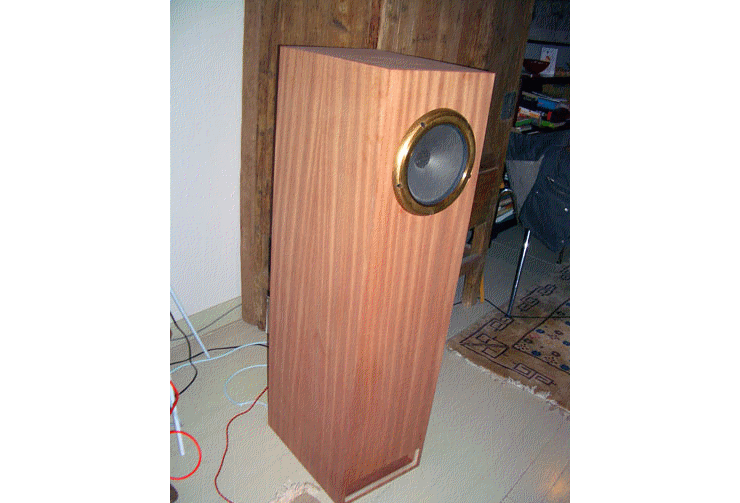
|
Not so long ago these particular drivers were installed in a folded open back cabinets not too dissimilar to those that Auditorium23 introduced for the first series of 8" PHY drivers. But they were hastily and inaccurately made by a local carpenter, and didn't sound particularly fantastic (ie. sounded somewhat coloured). Luckily the owner was and has always been more interest in music than in the details of the sonic plate on which it is served.
Then the owner moved back to Finland. The drivers followed in a moving box. Having landed safely, they now needed a new shelter. The two main objectives for the design were: the color of the speaker should match the color-world of other furniture, and second, the cabinets should fit in where they were intended.
The third and minor precondition regarded the sound quality: preferably better than before. Despite the focus on music rather than on Hi-Fi, the owner has relatively accurate ears. Besides, the owner has a respectable reference in another location: a pair of 12" PHY KM30s in huge OB baffles made of massive oak, and driven by Shindo Laboratory electronics.
|
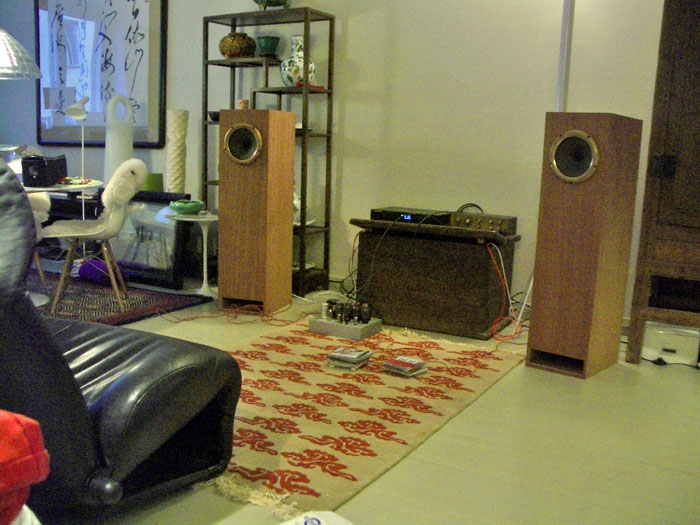
|
The first mentioned condition was met by choosing sabre mahogany as the ply with which the 22mm birch plywood cabinets were coated. The surface was just polished with a 150 and 180 paper. No wax, no shining lacquer surface. Imagine the greyish matt surface of a piece of log that has wetted in a lake for years, then dragged on the shore and let dry out under the sun. Cool. Reddish shades would not have suited to the interior.
The second condition was fulfilled by deciding to use 115 cm tall and 40 cm wide TQWT cabinets proposed by Bernard Salabert himself. There's nothing extraordinary about these designs as such, except that the measures are calculated specifically for the PHY H21 drivers: Plan de montage avec charge TQWT
The woodwork was ordered from the Finnish SES Audio, a company that is specialized in design loudspeakers - great new forms and uncommon wood surfaces. SES Audio has currently four loudspeaker models (Breeze, Wave, Arte, Mistral). In addition, the company offers a new service concept whereby customers can order personalized, custom made hi-fi furniture such as loudspeaker cabinets, turntable plinths (a review coming), racks and so on.
|
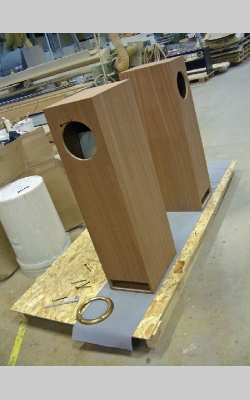 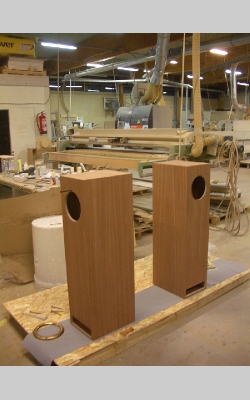
|
Everything functioned very smoothly and quickly: SES Audio got the drawings, provided expert help in choosing the right wood surface, bindings posts etc. and sent price info. After a few consultations the project was completed in a given time (in fact, a day or two earlier), and the speakers were ready to be collected. Not only that. The guys at the SES Audio kindly helped in the final assembly of the loudspeakers. They didn't hand over the speakers before they were in a listenable condition in all respects, appreciated a lot by the owner. The owner was also very satified with the outlooks of the speakers. The quality of the hand work was excellent, all necessary aesthetic details were taken care of. What cannot be seen from outside is the joints, done with a special techniques that guarantees a very rigid cabinet without extra barns inside the cabs.
|
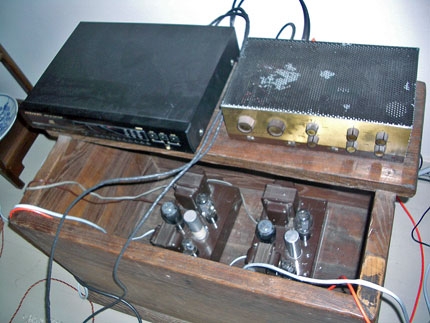
|
The system and sound
The CD is Marantz cd-63se Special Edition: remember the very heavy classic digital player from the 90s. The preamp is Dynakit PAS III tube preamp, modified by Hong Kong based Artist HI FI. The power amps, also from Artist HI FI, are something special: the Sargent Raymond Co Model SR 14 A HiFi monoblocks from the 1950s, with 2x6L6-G, 1x6J5, 1x6SN7-G, and 1xSU4-G. Made in California USA, and providing approx. 22 watts per channel out of its 4, 8, 16, and 500ohm taps.
|
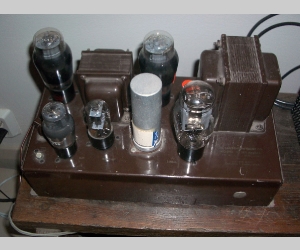
|
The listening room is acoustically quite favourable leaving more than 5m for both sides of the speakers. The space behind the listening seat is partly open, and the speakers were taken roughly 1m away from the wall behind them but not positioned asymmetrically as recommended by Salabert:.
And what about the third condition? My first impression was that the sound was not bad at all. Needless to say, the midrange was wonderful! The PHYs were introduced in the 1990s, and many great widebandwidth drivers have entered the markets since, but I still find that in many respects the PHYs are the best. The PHYs in OB baffle versus PHYs in a box, whether reflex or other, I'd say that what the latter looses in openness and airyness it gains in coherence of the sound. So too with these is TQWT enclosures. The sound possesses extraordinary unity. Very smooth performance. Very nuanced, delicate, sensitive, rich. The soundstage was great with a rather stable centre image and focus. Due to the shallow listening chair the emphasis of the sound was placed quite high up in the stage.
|
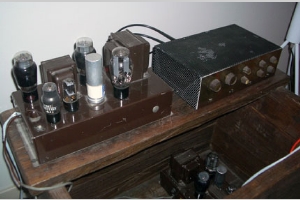
|
The bass was largely correct but not abundant, and subjectively didn't dig particularly down. I had music samples that could have benefitted from a stronger bass performance. However, as for the tonal balance, the 400 000 rule was splendidly respected. That means that the lower registre and the treble were in happy harmony.
|
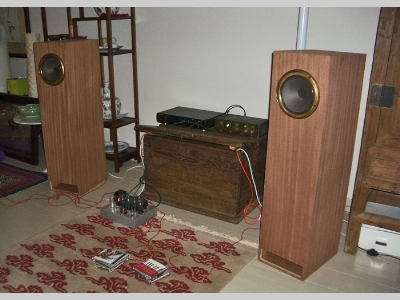
|
At first, I didn't miss a tweeter but the more I listened the more I started to feel that a suitable tweeter could do some good things to the sound, not just to extend the high frequency reproduction but make the sound more relaxed with eg. brass instruments. The sound of a saxophone on some records was rich and natural but also contained compressed noises. More support from below (upper bass&lower midrange) would have helped also.
|
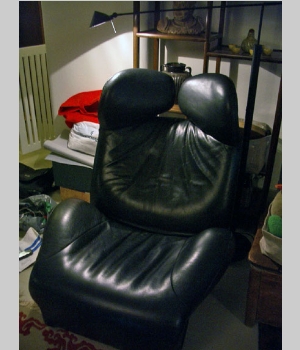
|
I don't think PHY H21s require a tweeter when placed in an OB baffle: the backward radiation carries quite enough air and treble information. But when the backward radiation is cut off (sealed, reflex, TL cabinets), the treble changes its nature, and the need for a tweeter becomes more urgent. This is also what the late Bernard Salabert once told me.
|
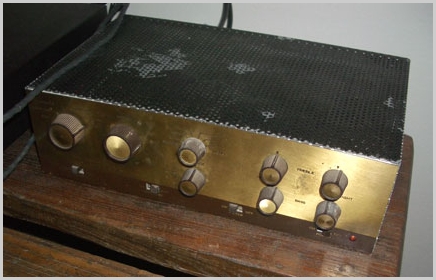
|
To conclude, the PHY H21 in a TWQT cabinet exhibited absolute musicality in many ways. But in the same breath it must be said that its musicality at this stage and quickly auditioned was slightly selective. The speaker made some studio material sound atypical, and not always in an entirely positive sense. But with right programme material, eg. most classic music, it sounded unbelievably beautiful and satisfying. For the owner classic music matters most, so I guess all in all the new cabinets are semi-perfect for their current purpose.
|
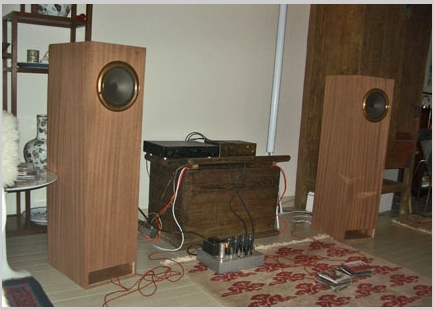
|
|
|